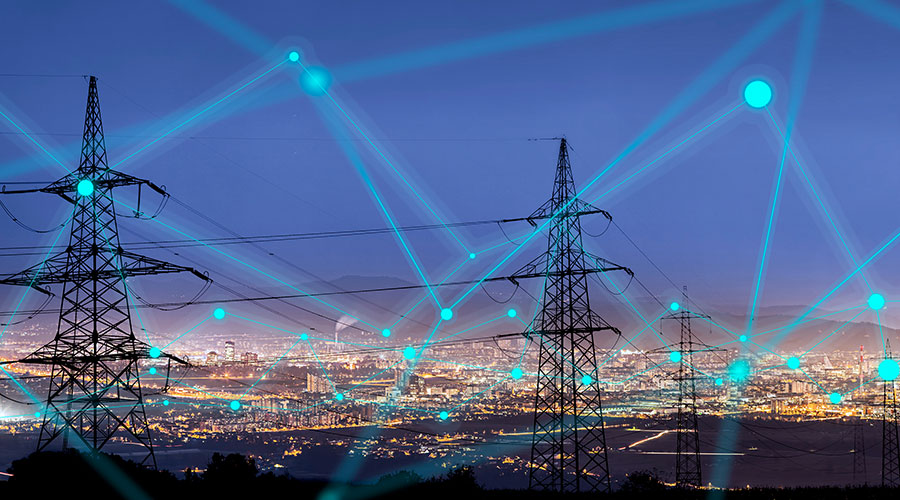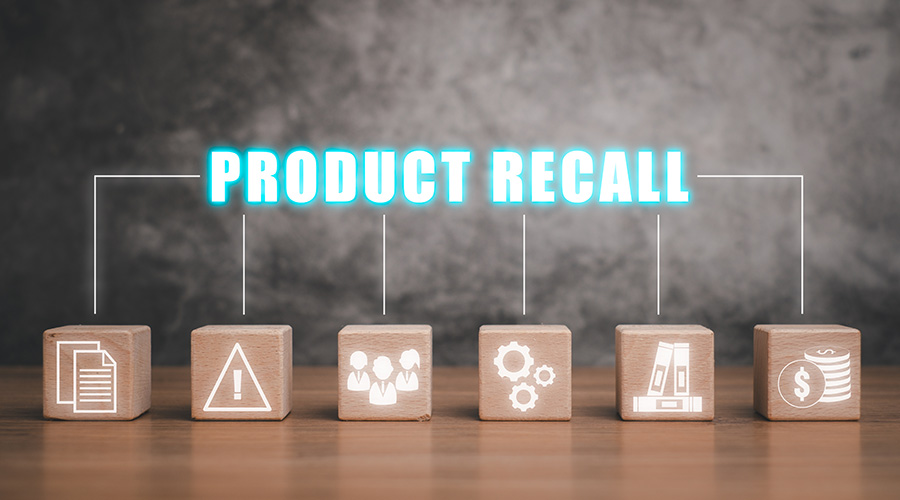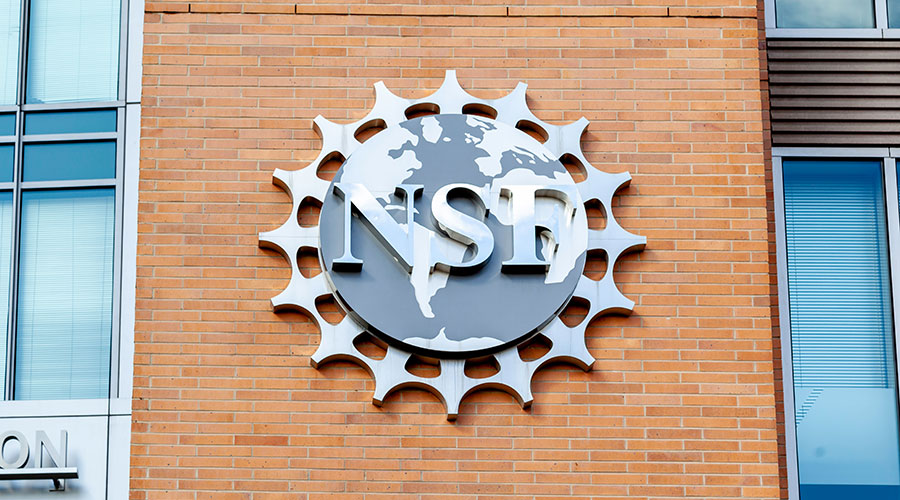
Tech Hurdles Slowing Energy Innovation in Data Centers
There is a growing gap between what is possible and what is practical due to technological immaturity and grid limitations. July 10, 2025
By Jeff Wardon, Jr., Assistant Editor
Data centers are at the center of energy innovation, but also a stress on the power grid. Operators are continually exploring solutions to meet performance and ESG goals. However, there is a growing gap between what is possible and what is practical due to technological immaturity and grid limitations.
This was at the heart of a panel hosted at the Green Building Initiative’s Data Center Seminar. There is much excitement about all the new possible technological solutions for data center energy, but the reality is that not all these solutions are ready for prime time yet. Many are very promising but still need more time to develop and then eventually be adopted.
There are two main solutions that are examples of this reality: hydrogen and energy storage.
Clean hydrogen
Ninety-seven percent of the hydrogen used on the market currently is dirty hydrogen, according to Ben Taylor, head of business development at Independence Hydrogen. This means only roughly three percent of the hydrogen currently used is clean.
“The hydrogen economy has been around for a long time to support industry in this country,” said Taylor. “However, the clean hydrogen economy is what’s really nascent and growing, and it was really buoyed by the Hydrogen Hub program and the Clean Hydrogen Production Tax Credit.”
There is also the matter of scaling up, which will require massive infrastructure shifts that are not viable in the short term, according to Taylor. It would require sizeable investments into production, pipelines and on-site handling as well.
“Our production plant in southern Virginia is about 1.2 tons per day of production,” said Taylor. “So when you are talking about a 25-megawatt data center, you are maybe covering one hour of your needs today. But we’re growing to 1,520 tons per day facilities, and so you’re looking at a greater percentage of smaller data centers being able to use the clean hydrogen in this method for offsetting your energy needs.”
Overall, clean hydrogen is a long-term opportunity, but not a short-term fix.
Battery storage
Battery storage is sometimes seen as a key to unlocking flexible, resilient data center power – but the technology still faces hurdles of its own.
Spencer Stanton, senior manager, origination at Jupiter Power, outlined a current issue with data centers and battery storage: power spikes.
As data centers adopt AI, their power demands continue to surge. Stanton said that graphics processing unit (GPU) workloads with power spikes of 180 percent to 400 percent over average draw, occurring in just seconds. More traditional UPS systems, some with 15-minute lead-acid backups, were not built for this.
“These aren’t the kinds of issues traditional UPS technologies were built to handle,” Stanton said. “We need to rethink power design now — not later.”
Stanton also pointed to a recent Spain-wide blackout caused by a voltage/frequency surge as an example: 60 percent of the grid collapsed in five seconds. Combined-cycle gas plants couldn’t respond fast enough as they take 30 to 60 minutes to come online.
There are grid-scale batteries that can respond in milliseconds. The problem is they are expensive, space-constrained and require operational expertise that many facility teams just do not have yet.
While storage tech is improving, it is still a niche or supplemental solution for most operators.
The greater message from the panel was that while data center energy innovation is accelerating, the infrastructure, technology and operational capacity required to support it are still playing catch up.
For facilities leaders, that means finding a careful balance – tracking emerging technologies, preparing facilities for future integration and doubling down on what works today. The tools necessary for a low-carbon, more resilient future are on the way, but for now, staying agile, informed and grounded in operational realities is key.
Jeff Wardon, Jr., is the assistant editor of the facilities market.
Next
Read next on FacilitiesNet












